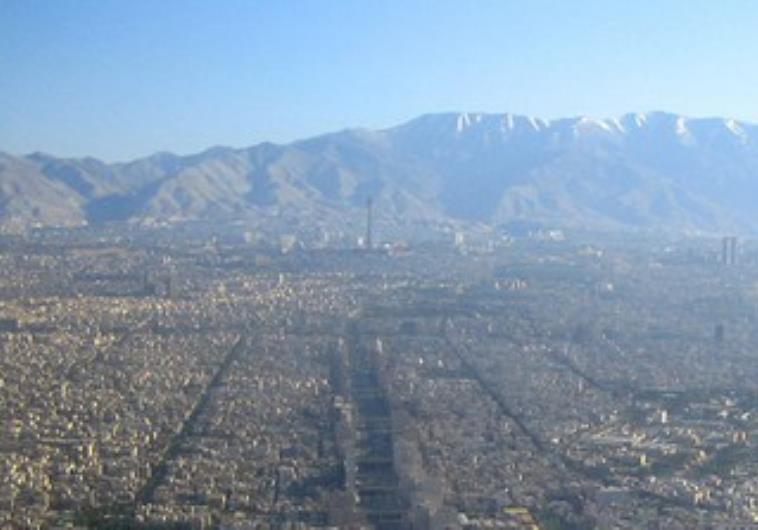
(Wikimedia Commons public domain image)
One aspect of my visit to Iran was that, in a few ways, the place reminded me of Utah.
Obviously, there are huge differences — not least the fact that Tehran is vastly larger than the Salt Lake City metropolitan area and that all of the woman are covered from their heads on down in coal-black chadors.
But — and, to make my point, I repeat above a photograph above that I’ve already recently used — it looks a bit like the part of Utah that runs along the Wasatch Front. Semi-arid, with high mountains that receive dry powder snow and with high plateaus, it has a climate (in some places, anyway) that resembles my adopted state. Like Utah, it has extensive desert regions, but it’s not all desert. (In Utah, the Green River area is excellent for the raising of melons, and Iran, too, is well known for its melon production — for similar reasons, I think.)
But what amused me while I was in Iran was that, several times, one or another of the few Westerners who had, like me, come for a conference on the Persian Shi‘ite philosopher Mulla Sadra (1571/2-1640) would get into a conversation with me and, finding that I was from Utah, would ask me about my experience of living in the state. And their questions weren’t inspired by the terrain of the Iranian plateau and its resemblance to the Great Basin and the Colorado Plateau. After all, Utah is fly-over country. They’ve never been here. Or, if they have, it was generally to change planes at the airport.
Oddly, academics often don’t stop to think that, if I’m teaching at Brigham Young University, which is a Latter-day Saint school, I’m very possibly a Latter-day Saint myself.
“Wow,” they’ll say. “What’s it like working with all those Mormons?”
I’ve been asked that question innumerable times at academic conferences. I was asked that very question several times in Iran, too.
“Doesn’t this feel just like Utah?” one or two asked. “Theocratic and all? No separation of church and state? No freedom to question? Women oppressed and forced into subservience?”
No, I would respond. This is really nothing like Utah. Very different. No chadors. No Gašt-e Eršād (گشت ارشاد) or “Guidance Patrol” roaming the streets enforcing state dress codes preventing unrelated men and women from mingling with each other without a mahram or male guardian present. No executions of Baha’is and Jews. No highest court made up entirely of professional clerics.
These folks didn’t mean to be offensive, of course. It’s just that, coming typically from social regions in which nobody they know is religious, it’s easy for them to imagine that the rest of the country is inhabited by rubes who play banjos — or maybe santurs — with their toes and that the world of The Handmaid’s Tale is just around the corner, with only liberal members of the federal judiciary saving us (often by perilously close 5-4 votes on the Supreme Court) from a dystopian theocracy.











